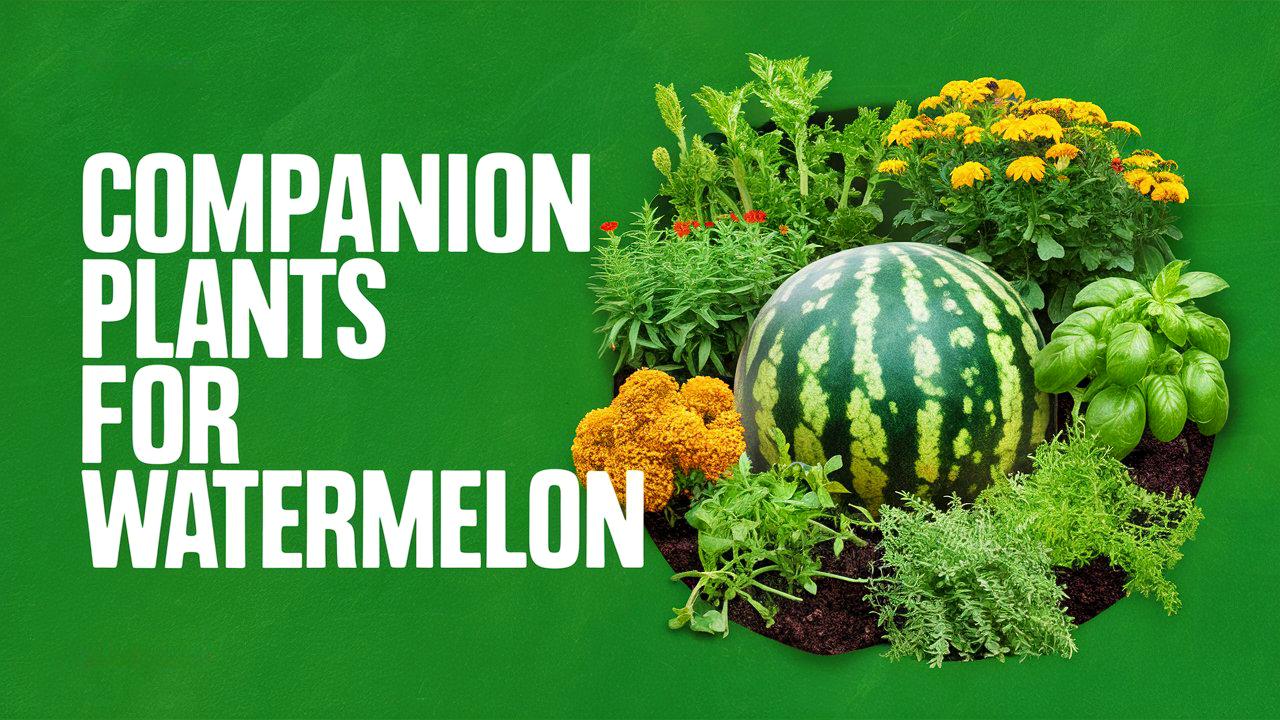Watermelon, known for its luscious sweetness and refreshing taste, thrives in a vibrant garden ecosystem where companion planting can significantly enhance its growth. Companion plants not only help improve the health of watermelon but can also deter pests, attract beneficial insects, and boost overall yields. Here’s an in-depth look at several companion plants that are beneficial for watermelon cultivation.
Basil
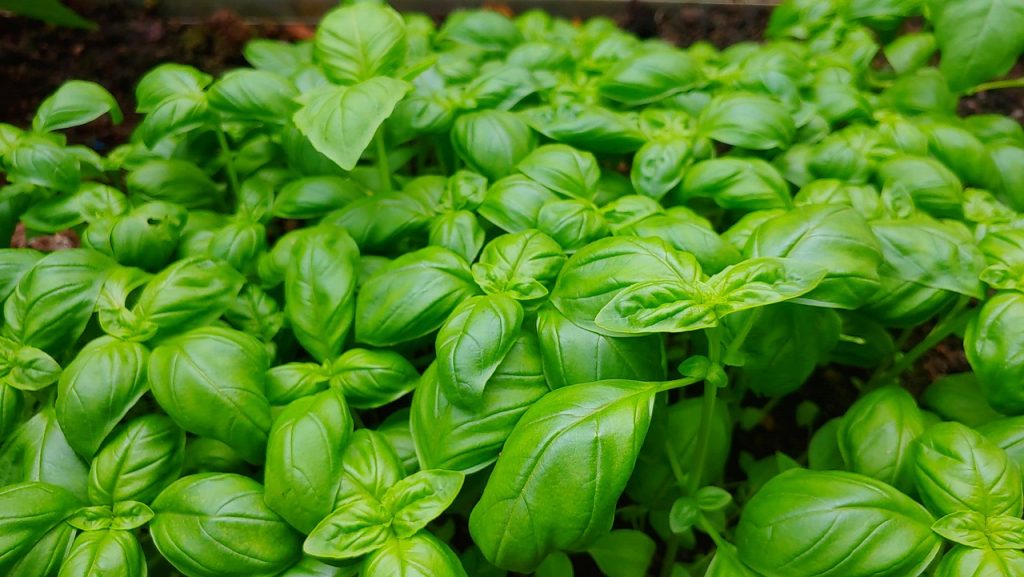
Basil is not just a culinary staple but also a powerful companion plant for watermelon. Its aromatic leaves release essential oils that can repel pests like aphids and spider mites, which are known to cause significant damage to watermelon plants. Furthermore, basil promotes the growth of watermelon by enhancing its flavor and increasing its resistance to diseases.
Planting basil alongside watermelon can enhance pollinator activity as well, thanks to its fragrant flowers. The increased presence of bees and butterflies can aid in the pollination process, ensuring a more abundant fruit set. Additionally, basil loves the same warm, sunny conditions that watermelons thrive in, making them good companions not just for pest control but also in terms of environmental needs.
Beans and Peas
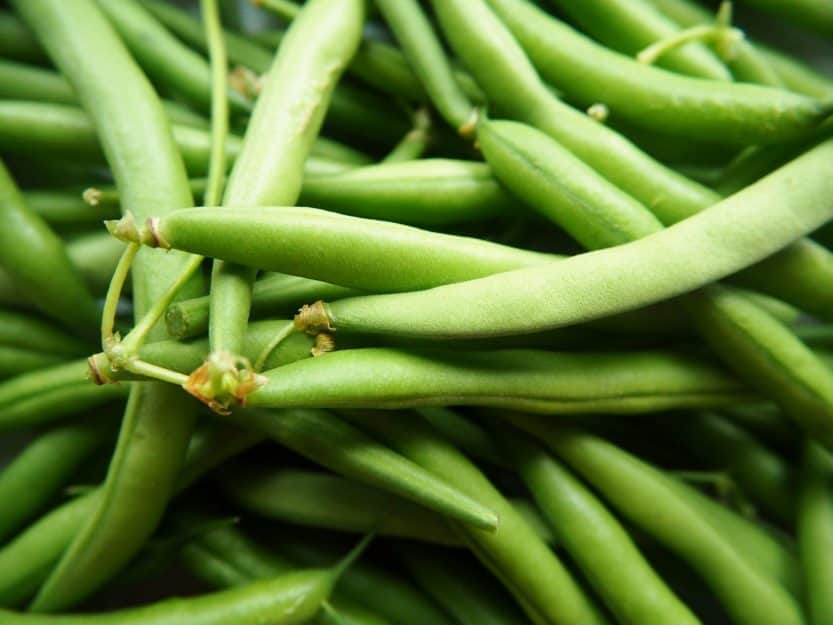
Beans and peas are leguminous plants that fix nitrogen in the soil, increasing its fertility. Watermelons, which are heavy feeders, benefit immensely from this enrichment. When planted together, beans and peas can improve the soil’s nutrient profile, leading to healthier watermelon plants.
These legumes are also adept at shading the ground, which can help retain moisture and regulate soil temperature—critical factors for watermelon growth. However, it is essential to manage these plants wisely, as they can become too aggressive and compete for space and nutrients if not properly controlled.
Cabbage
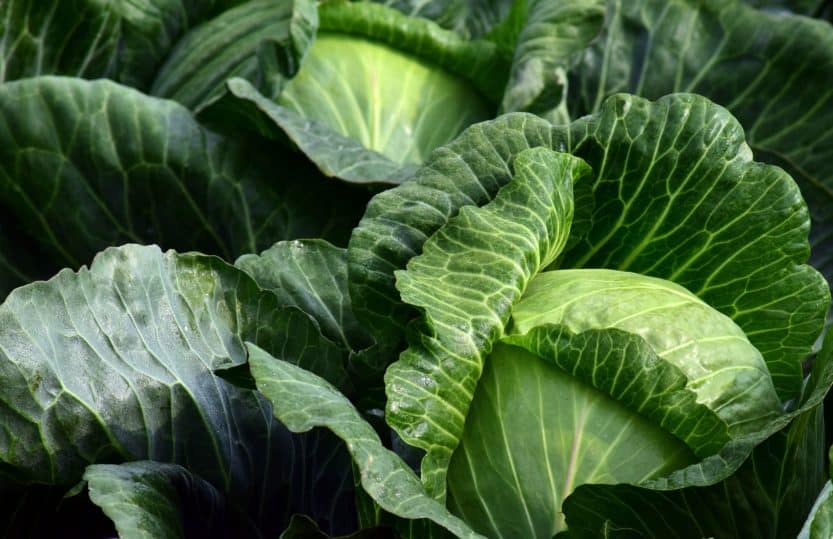
Cabbage, with its high foliage, serves as an excellent companion for watermelon by providing shade. This shading helps retain soil moisture, maintaining the necessary conditions for watermelon roots to thrive. Beyond moisture retention, cabbage can deter certain pests due to its strong scent and the presence of compounds that repel aphids and cabbage worms.
Planting cabbage alongside watermelons can also establish a diverse ecosystem in your garden. However, remember that watering and nutrient requirements for both plants differ slightly; ensuring that they receive adequate food and water is crucial to avoid competition.
Cilantro

Cilantro is another aromatic herb that makes an excellent companion for watermelon. The distinct smell of cilantro can mask the scent of watermelon, confusing pests such as cucumber beetles and aphids and mitigating their impact on your plants. Furthermore, cilantro can attract beneficial insects like ladybugs and lacewings, which prey on harmful pests.
Cilantro thrives in well-drained soil and requires full sun, similar to watermelons. However, it’s important to monitor its growth carefully, as cilantro tends to go to seed quickly in hot weather. In such cases, early planting or successive sowing may be required to keep the cilantro fresh in the garden.
Corn
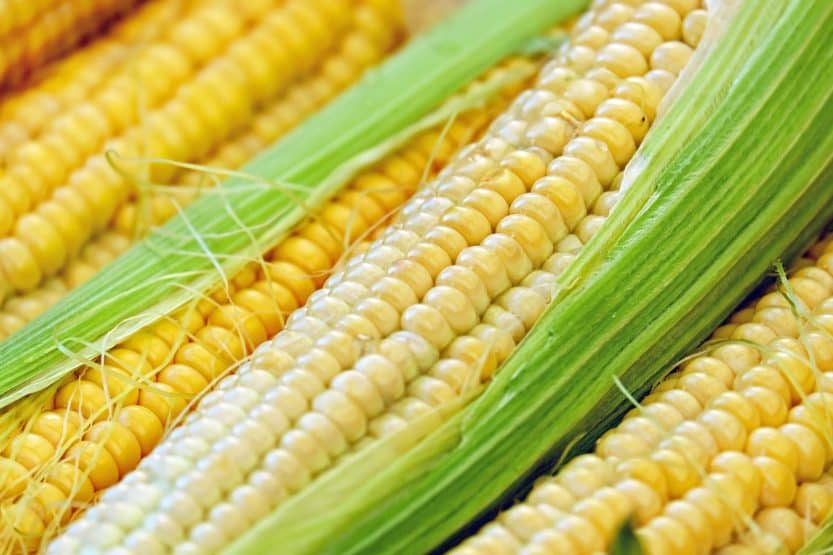
Corn serves multiple beneficial roles when planted near watermelon. Not only does it provide shade that can protect watermelon vines from overheating, but it also acts as a natural trellis, allowing the watermelon plants to climb, conserving soil space. This growth structure can lead to less competition for nutrients.
Corn’s tall stalks can also act as windbreaks, providing protection for watermelon plants during windy conditions. The significant canopy created by cornstalks also helps regulate temperature and moisture levels in the soil, fostering a conducive environment for watermelon growth. However, proper spacing is necessary to avoid shades that are too dense, which could impede watermelon sunlight exposure.
Dill
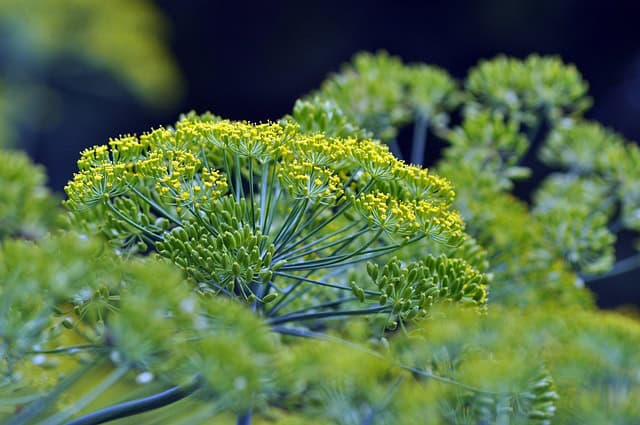
Dill is a fragrant herb and a dynamic companion for watermelon. Known for attracting beneficial predatory insects, dill brings in ladybugs and predatory wasps that feed on common pests such as aphids and caterpillars. The presence of these beneficial insects significantly reduces the need for chemical pest control.
Moreover, dill can improve the flavor profile of watermelon by enhancing its overall growth and health. Dill prefers similar growing conditions—plenty of sun and well-drained soil—which harmonizes well with watermelons in the garden setting. Keep in mind that dill can grow tall and may need managing to prevent it from overshadowing the watermelons.
Dwarf Bee Balm
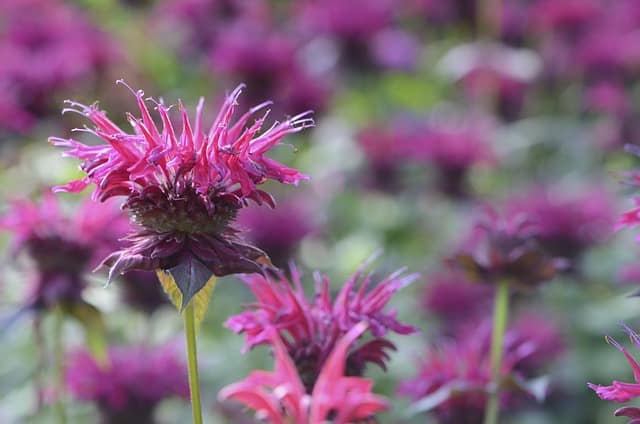
Dwarf bee balm is not only visually appealing but also offers significant benefits when planted alongside watermelons. It attracts pollinators, including bees and butterflies, which are essential for the pollination of watermelon flowers. Increased pollination directly correlates to better fruit yield and quality.
The aromatic properties of dwarf bee balm can also deter certain pests, similar to other herbs. Additionally, it grows well in well-drained, nutrient-rich soil, which complements the requirements of watermelon plants. Opting for this companion plant adds a splash of color and a beneficial insect habitat to your garden.
Garlic
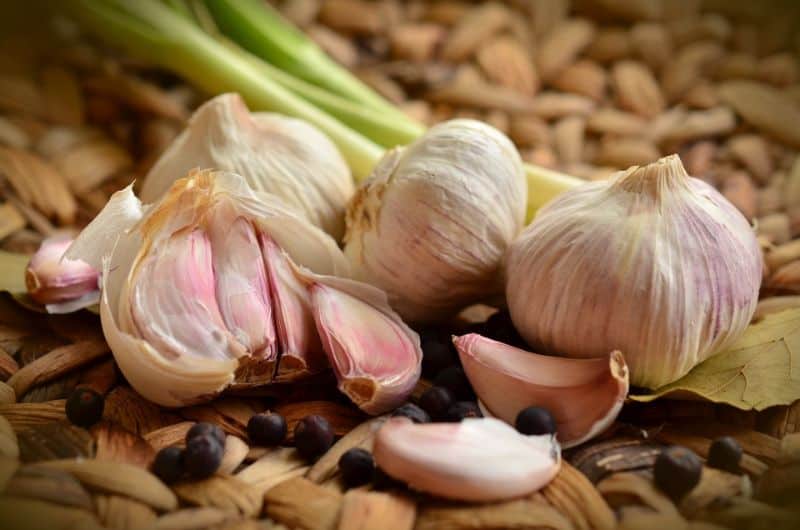
Garlic is renowned for its pest-repelling properties, making it a fantastic companion for watermelon. Its strong odor deters pests such as aphids, spider mites, and other insects that can threaten the health of watermelon crops. Planting garlic near watermelon can form a natural protective shield, resulting in healthier plants.
Moreover, garlic can enhance the flavor of watermelons, imparting subtle undertones to the fruit. It thrives in well-drained soil and sunny conditions, similar to those preferred by watermelons. This harmony in growing conditions reinforces the benefits of planting garlic alongside watermelon.
Lettuce
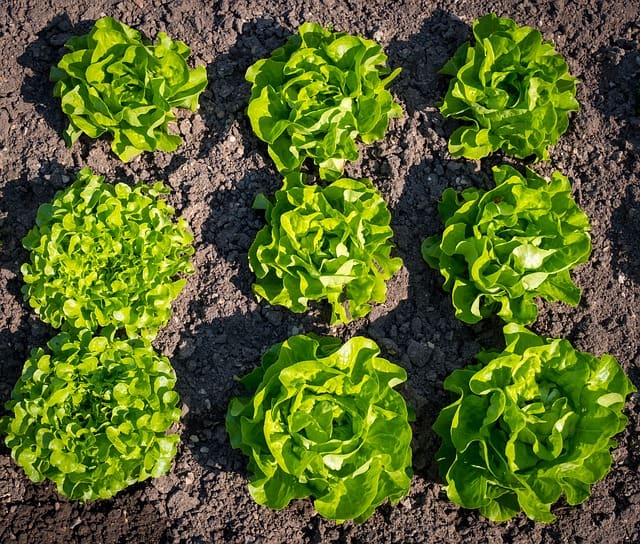
Lettuce is a cool-season crop that can be planted early in the growing season alongside watermelon. While watermelon grows, lettuce can take advantage of the cooler months, benefiting from the nutrient-rich soil created by the watermelon’s larger root system once it starts sprawling.
Lettuce grows quickly and can be harvested early, leaving ample space for watermelons to flourish as temperatures rise. The foliage of lettuce can also provide a microclimate that retains moisture in the soil, which is essential for the growth phase of watermelons. It’s beneficial to keep an eye on both plants’ spacing, as overcrowding can lead to competition for resources.
Marigolds
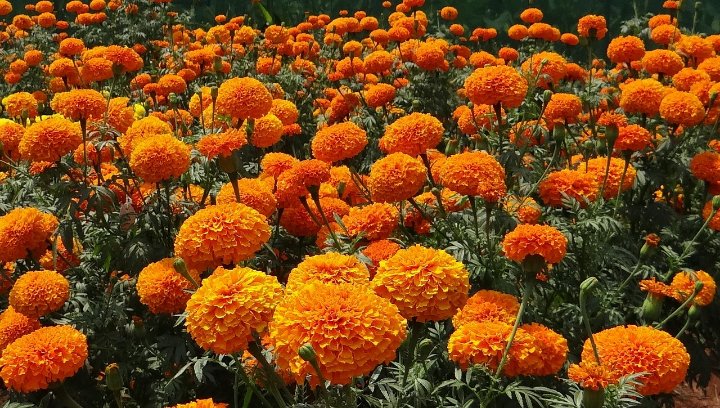
Marigolds are celebrated in the gardening community for their ability to deter nematodes and various harmful insects through their natural compounds. Their vibrant and cheerful flowers attract beneficial pollinators and predators that support watermelon growth.
Planting marigolds near watermelons can create an elaborate biodiversity that encourages a healthier ecological balance in your garden. Additionally, they do not compete intensely for nutrients and can thrive in similar conditions, making them perfect neighbors for watermelon plants.
Mint
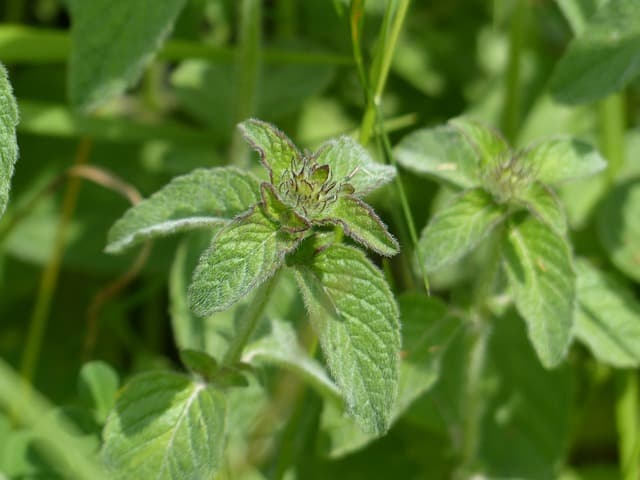
Mint is an herbaceous perennial that serves as another excellent companion for watermelon. Its strong aroma can deter various pests, including mosquitoes and aphids. The presence of mint in the garden can lead to a reduction in harmful insect populations that threaten watermelon crops.
However, it’s crucial to manage mint’s growth carefully, as it can become invasive if left unchecked. Consider planting mint in pots or designated areas to keep it from overtaking other plants. Mint thrives in moist soil, which can also be beneficial as watermelons require a consistent water supply during their growth cycle.
Nasturtium
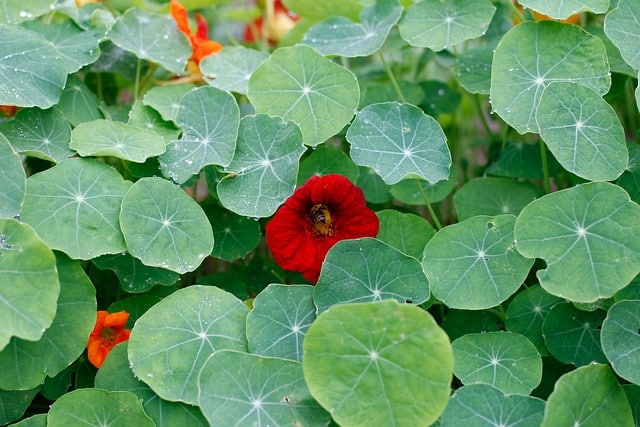
Nasturtium is a vibrant, edible flower that serves as a trap crop for pests, drawing aphids and whiteflies away from watermelon plants. By attracting these pests, nasturtiums protect your watermelon plants, allowing them to grow healthily without the stress of pest competition.
The flowers and leaves of nasturtium are not only attractive but also edible, providing a peppery flavor that can enhance salads and dishes. They thrive in well-drained soil and full sun, making them an excellent choice for a companion plant alongside watermelon.
Onions
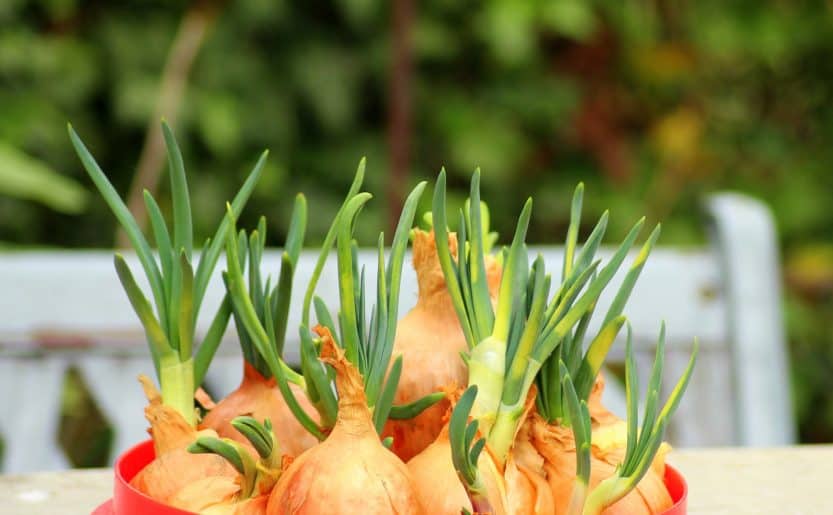
Onions serve as natural deterrents for pests such as aphids and other insects harmful to watermelon. Their strong scent can confuse and repel these insects, helping to keep your watermelon plants healthy and pest-free.
When cultivating onions alongside watermelons, it’s crucial to space them properly. Onions prefer less water than watermelons, so careful planning is essential to avoid over-saturating the soil. By situating onions on the perimeter of watermelon patches, they can effectively serve their protective purpose without competing for nutrients.
Oregano

Oregano is not only a culinary herb but also a formidable companion for watermelon. It is known for attracting pollinators and beneficial insects, helping to foster a diverse ecosystem in your garden. The fragrant leaves of oregano can deter certain pests, aiding the establishment of a well-balanced biodiversity.
Oregano thrives in poor, well-draining soil, which can be beneficial for watermelon as it grows in nutrient-dense, moisture-retentive soil. This contrast can help alleviate root rot issues that might arise with too much moisture while ensuring that pollinators are active and healthy.
Poppies
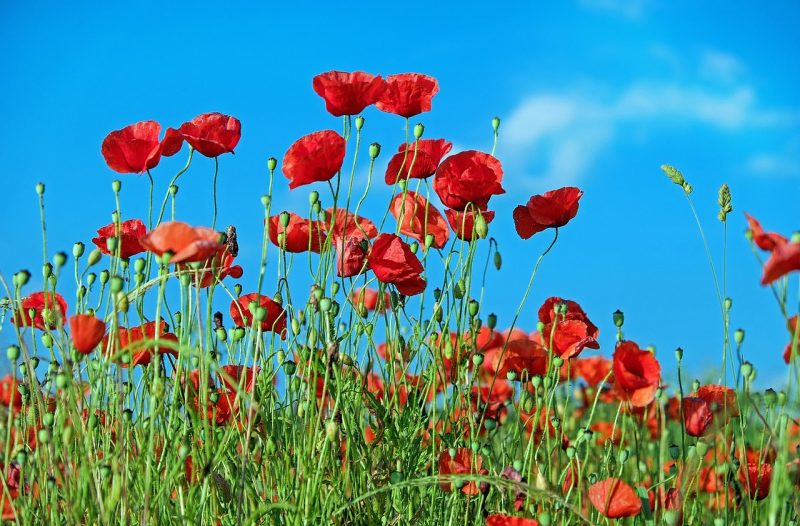
Poppies are captivating flowers that can provide aesthetic value while offering certain benefits to watermelon plants. Their open blooms attract a variety of pollinators, including bees and butterflies, which play a vital role in pollinating watermelon blossoms.
While poppies do not offer significant pest-repelling qualities, their presence encourages a thriving ecosystem that supports overall garden health. Planting poppies in and around watermelon patches can enhance the beauty of your garden while improving pollination rates.
Radishes
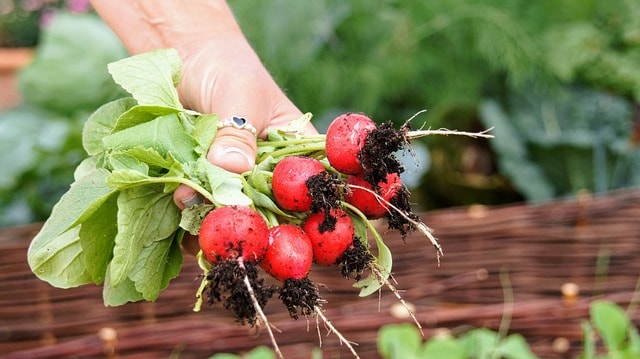
Radishes are fast-growing crops that complement watermelon due to their ability to break up compact soil and improve aeration. This can be particularly beneficial for watermelon roots, which prefer loose and well-aerated soil.
Moreover, radishes can act as a trap crop for pests like flea beetles, luring them away from watermelon plants. As radishes are typically harvested before watermelons begin their vigorous growth phase, they can be efficiently interplanted to maximize garden yields without competing for space at peak growth.
Sage
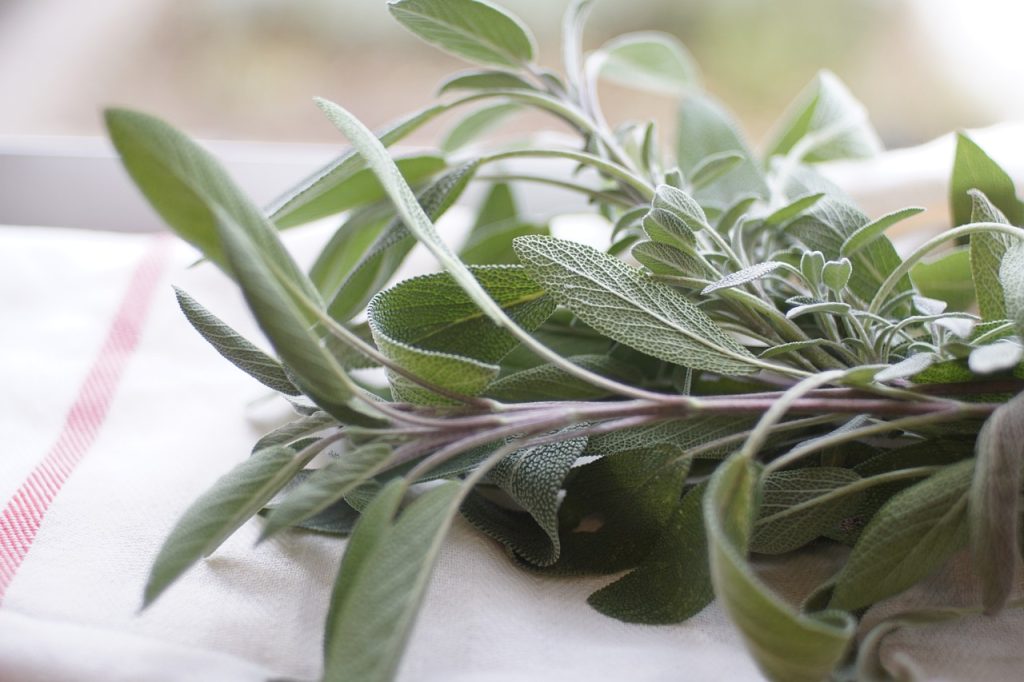
Sage is another aromatic herb that can enhance the growth of watermelon while repelling harmful insects like cabbage moths and carrot flies. Its strong scent disorients pests, protecting neighboring plants.
Sage thrives in sunny conditions and well-drained soil, characteristics it shares with watermelon. By planting sage near watermelon, gardeners can enjoy tasty culinary uses while protecting their crop from potential threats. However, care should be taken regarding water requirements, as sage prefers drier soil than what watermelon likes.
Snapdragons
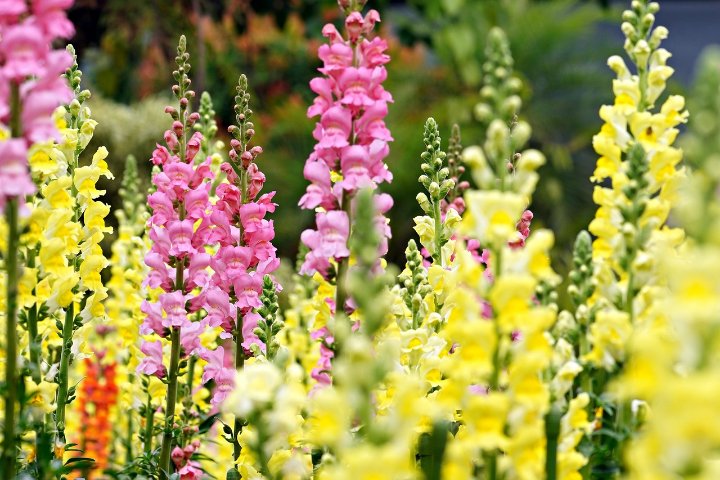
Snapdragons add a vibrant touch of color to any garden and work effectively as companion plants for watermelon by attracting beneficial insects that are essential for pollination. Their height can offer some shelter against wind, which is beneficial for sprawling watermelon vines.
Though snapdragons do not have direct pest-repelling characteristics, they provide habitat and nectar for pollinators, thus improving the overall health and productivity of your watermelon crop. Their growth conditions are similar, making them a good match for watermelon sections.
Sunflowers
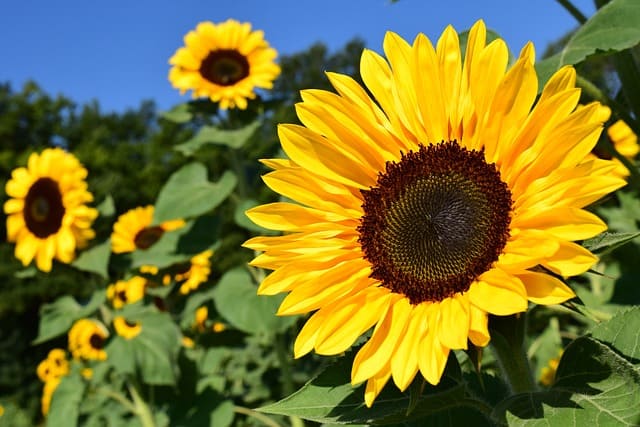
Sunflowers, with their grand stature and vibrant blooms, can provide excellent companionship to watermelons. Their height offers shade, which is particularly beneficial during the hottest parts of the day. This shading helps maintain moisture in the soil, supporting the growing conditions necessary for watermelons.
Additionally, sunflowers attract numerous pollinators, enhancing the pollination process for watermelon flowers. Their extensive root architecture can also improve soil health and structure, benefiting neighboring plants. However, gardeners should ensure adequate spacing to avoid competition for light and resources.
Tansy
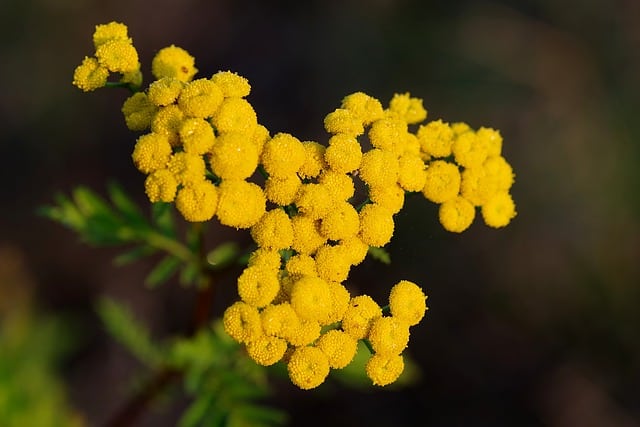
Tansy is a lesser-known companion plant that offers several benefits when grown alongside watermelons. Its strong fragrance acts as a repellent for pests like aphids and beetles, making it an effective natural pest control choice. Tansy attracts beneficial insects such as parasitic wasps that feed on harmful garden pests.
Tansy’s deep roots can help with soil aeration, further improving the growing medium for watermelon. It’s essential to keep tansy in check, as it can spread quickly; responsible management will ensure it supports rather than overpowers watermelon plants.


